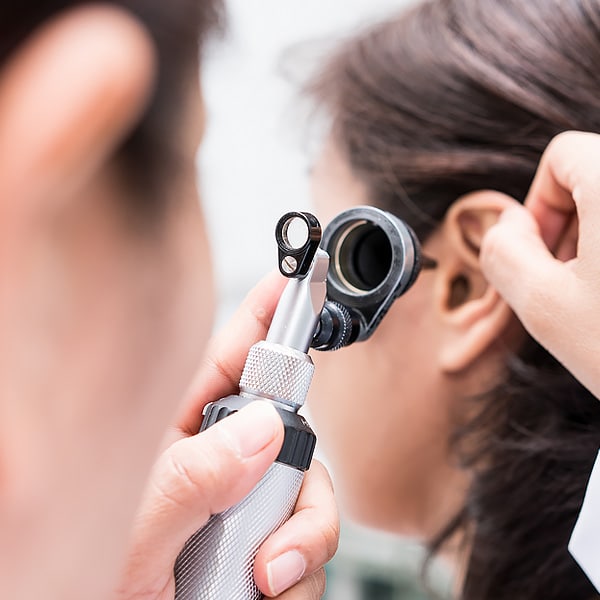The procedure that places tiny tubes in the eardrum is called tympanostomy. Ear tubes help relieve and equalize the pressure on both sides of the eardrum, a thin layer of tissue between the ear canal and the middle part of the ear. This is often needed when individuals, especially children, get recurrent ear infections. Ear tubes keep fluid from accumulating behind the eardrum. This is important because too much continuous fluid in the middle ear can cause decreased hearing, and long-term hearing loss can negatively influence language and speech, especially in young children.
During the tympanostomy, a tiny cut or incision is made in the eardrum to release pressure from fluid build-up and provide an opening for the tubes to go in. This incision is called a myringotomy. By creating an opening in the eardrum, it allows air to enter into the middle ear and help it heal. Keeping the pressure equalized also helps reduce the chances of ear infections and fluid accumulation from developing. Having ear tubes placed has other benefits too. Ear tubes also prevent certain abnormal growths, like a cholesteatoma, from occurring and damaging the middle ear.
During the myringotomy and tympanostomy procedure, the patient is sedated so no discomfort is felt. The physician then makes a small incision (cut) in the eardrum. This is the myringotomy portion of the procedure. The next step involves placing the tubes in the small opening of the eardrum, the tympanostomy part. Unless there are complications, which is rare, most patients go home soon after the procedure and normal activities can be resumed the next day. A follow-up visit will usually be scheduled so that the tubes can be checked and made certain they are in the right spot. A hearing test will often be done as well during the follow-up visit. It’s also important to keep soapy water out of the ears so wearing earplugs while bathing is helpful.
Some adults have ear problems requiring ear tubes as well. Frequently adults can tolerate this procedure awake in the office.
